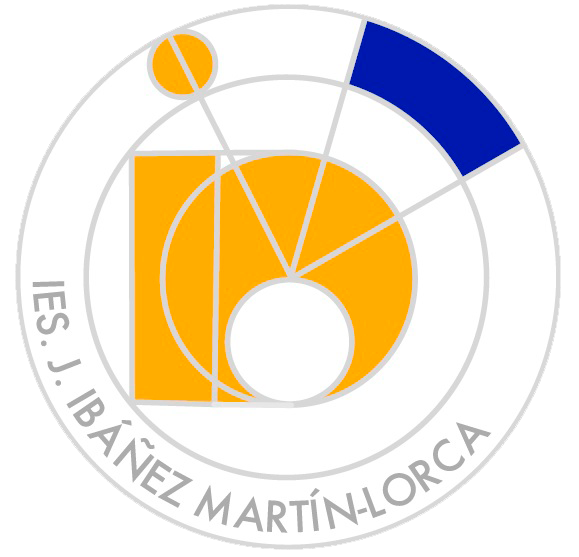Colegiata de san patricio
La antigua colegiata de San Patricio de Lorca, es un edificio de estilo renacentista declarado Monumento Histórico-Artístico Nacional por decreto del 27 de enero de 1941. (XVI-XVII y XVIII)
La Colegiata es la piedra angular del conjunto monumental de la Plaza de España, junto al Ayuntamiento, el Palacio del Corregidor y las Salas Capitulares.
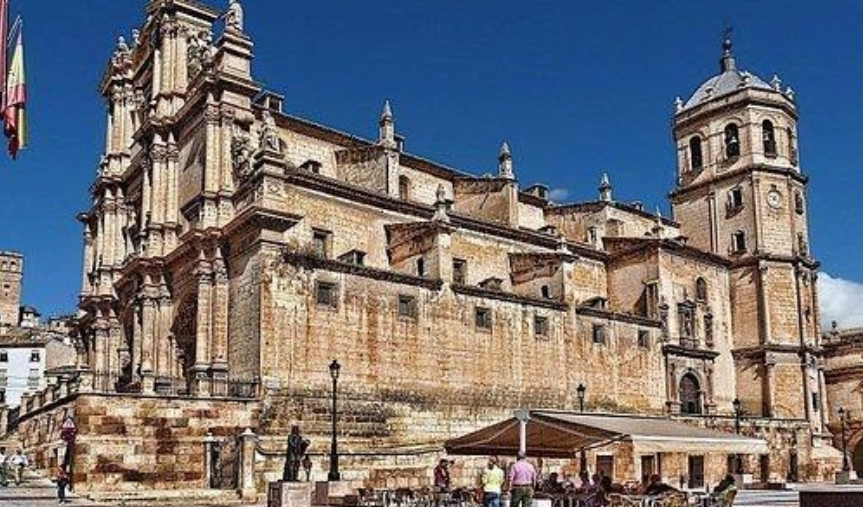
DATOS GENERALES:
Dirección: Pl. de España, 0, 30800 Lorca, Murcia
Teléfono: 968 46 99 66
Estilo arquitectónico: Arquitectura del Renacimiento
Inauguración: 1780
Provincia: Región de Murcia
Advocación: San Patricio
Año de inscripción: 27 de enero de 1941
Coordenadas: 37°40′39″N 1°41′58″O / 37.6775, -1.69944
Estilo: Renacimiento, barroco
CARACTERÍSTICAS ARQUITECTÓNICAS:
Los materiales que se emplearon fueron piedra de las canteras del río y Murviedro, ideales por su gran dureza.
Aparecen elementos netamente clásicos que le imprimen un cierto carácter clasicista. La fachada se articula en tres cuerpos y cinco calles, que reproducen al exterior la estructura interna del edificio.
En el frente de la colegiata se manifiesta la fusión de las influencias arquitectónicas granadinas y valencianas, también hay quien afirma que se puede observar cierta influencia de las fachadas jesuíticas en la sobria decoración de los dos cuerpos superiores de la fachada.
Las plantas de San Patricio y de la Catedral murciana muestran un parecido más que evidente: tres naves siendo más amplia la central, capillas laterales entre los contrafuertes y capillas radiales en la girola, así como torre-campanario en la girola que aloja la Sacristía, y elevado crucero.
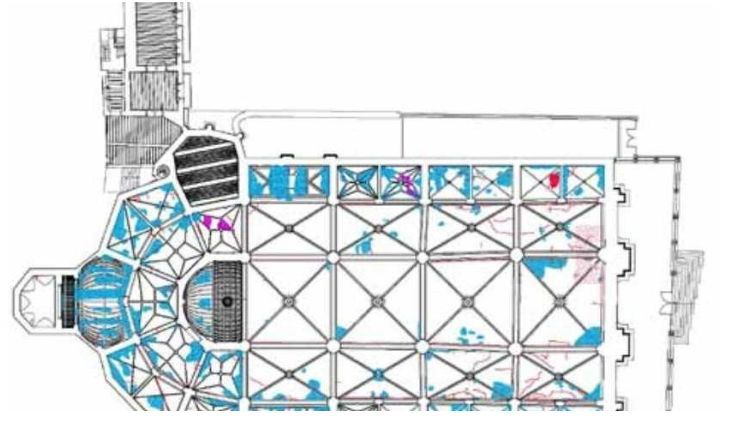
CARACTERÍSTICAS HISTÓRICAS:
Los lorquinos acordaron, por voto de ciudad, levantar un templo a San Patricio para conmemorar la victoria en la batalla de los Alporchones contra los musulmanes, que tuvo lugar un 17 de marzo de 1452 (festividad del santo irlandés).
Las obras de la Iglesia Colegial de San Patricio comenzaron en 1533 sobre la vetusta y modesta Iglesia de San Jorge, pero el autor de la traza de la Iglesia lorquina es a día de hoy desconocido. Las obras comenzaron en la Capilla Mayor, y pronto se concluyeron la cabecera de la Iglesia y el primer cuerpo de la torre donde está ubicada la Sacristía. A partir de 1553, se levantaría el resto de capillas de la girola, parte del crucero con el arranque de sus pilares y la cubierta de todo el conjunto. En el exterior, se realizaba la portada lateral del lado de la Epístola y los dos primeros cuerpos de la torre-campanario.
La Colegial de San Patricio se erigió, en buena medida, por el empuje de la burguesía local.
Se perdieron gran parte de los archivos de la Colegial durante la Guerra Civil

La colegiata está construida sobre la antigua iglesia de San Jorge.
En el interior de la cripta abovedada bajo el altar mayor de San Patricio, al fondo se ha encontrado el ataúd con los restos probablemente del deán Sebastián Clavijo.
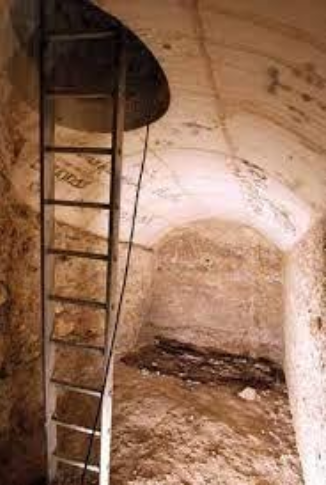

Collegiate Church of Saint Patrick
The old collegiate church of San Patricio de Lorca, is a Renaissance-style building declared a National Historic-Artistic Monument by decree of January 27, 1941. (XVI-XVII and XVIII) The Collegiate Church is the cornerstone of the monumental complex of the Plaza de España, next to the Town Hall, the Corregidor Palace and the Chapter Houses.
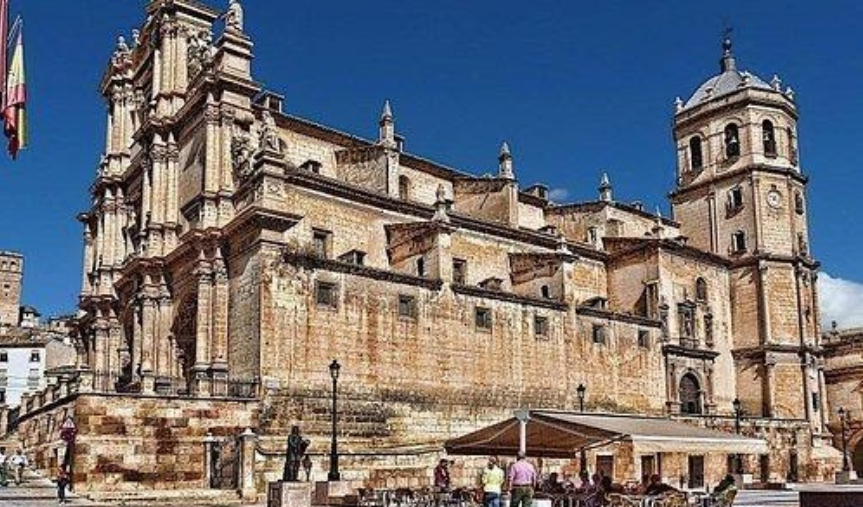
GENERAL DATA:
Address: Pl. of Spain, 0, 30800 Lorca, Murcia Telephone: 968 46 99 66
Architectural Style: Renaissance Architecture Inauguration: 1780
Province: Region of Murcia
Advocation: Saint Patrick
Year of registration: January 27, 1941 Coordinates: 37°40′39″N 1°41′58″W / 37.6775, -1.69944
Style: Renaissance, Baroque
ARCHITECTURAL FEATURES:
The materials used were stone from the quarries of the river and Murviedro, ideal for their great hardness.
Purely classic elements appear that give it a certain classicist character. The facade is articulated in three bodies and five streets, which reproduce the internal structure of the building on the outside.
On the front of the collegiate church, the fusion of Granada and Valencian architectural influences is manifested, there are also those who affirm that a certain influence of the Jesuit facades can be observed in the sober decoration of the two upper bodies of the facade.
The plans of San Patricio and the Murcian Cathedral show a more than evident resemblance: three naves, the central one being wider, side chapels between the buttresses and radial chapels in the ambulatory, as well as a bell tower in the ambulatory that houses the Sacristy, and high cruise.
HISTORICAL FEATURES:
The people of Lorca agreed, by vote of the city, to build a temple to Saint Patrick to commemorate the victory in the battle of the Alporchones against the Muslims, which took place on March 17, 1452 (festival of the Irish saint).
The works of the Collegiate Church of San Patricio began in 1533 on the old and modest Church of San Jorge, but the author of the layout of the Church of Lorca is unknown today. The works began in the Main Chapel, and soon the head of the Church and the first body of the tower where the Sacristy is located were completed. From 1553, the rest of the chapels of the ambulatory, part of the transept with the start of its pillars and the roof of the entire complex would be built. Outside, the side portal on the Epistle side and the first two bodies of the bell tower were made.
The San Patricio School was erected, to a large extent, by the push of the local bourgeoisie.
A large part of the Collegiate Church archives were lost during the Civil War

CURIOSITIES:
The collegiate is built over the old «San Jorge» church.
In the inside of the vaulted crypt under the high altar of «San Patricio», at the bottom has been found the coffin with the remains probably of the dean
«Sebastián Clavijo».


